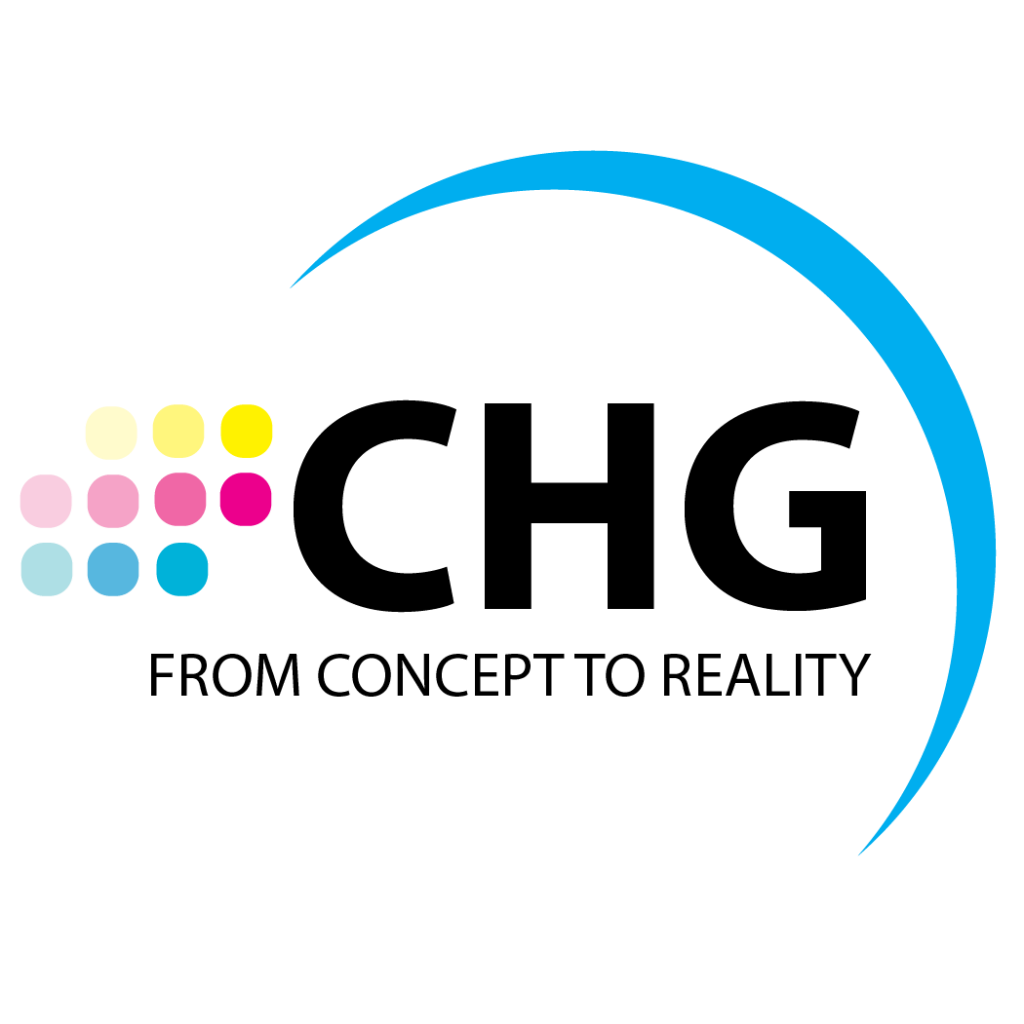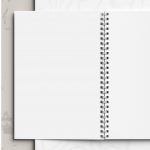PUR Binding Vs. Perfect Binding EVA
What is the difference between PUR and EVA Binding Methods?
Softcover books, magazines, catalogs, and more are bound using perfect binding. Perfect binding is a widely used soft cover book binding method. The pages and cover are glued together at the spine with a strong yet flexible adhesive. The other three sides of the book are then trimmed as needed to give them clean, “perfect” edges.
In 2021, more than 71% of books manufactured at Color House Graphics were perfect bound. Perfect bound books offer several advantages over other binding methods. Some of these advantages include:
- Lighter Weight, Resulting in Lower Shipping Costs
- Strong, Durable Binding
- Lower Production Costs in Comparison to Hard Cover Books
- Faster Production Times in Comparison to Hard Cover Books
Two different adhesives are used for adhesive-bound softcover books: PUR (PolyUrethane Reactive) adhesive and EVA (Ethylene-Vinyl Acetate) adhesive. Both adhesives follow a similar binding process; however, the adhesives offer different advantages depending on the page count, trim size, paper requirements, and the books end use.
PUR has quickly grown in popularity within the book manufacturing industry. While both adhesives provide advantages, PUR offers a stronger bond to materials impervious to conventional EVA adhesive. There is also less of a risk for spine cracking with this binding method. PUR binding is great for textbooks or other books that will see a lot of frequent use. This type of binding allows the book to lay flat against a surface.
The key advantages (and disadvantages) have been outlined below for each binding method.
| PUR Binding | Perfect Bind (EVA) |
|---|---|
| A bond develops quickly and provides an excellent initial bond strength. | A fast cure time of only a few seconds. |
| 40-60% stronger than EVA once the adhesive application is fully set. | Perfect bound (EVA) works well for lightweight books with uncoated paper. |
| Higher cold and heat resistance, allowing books to be stored and used in extreme temperatures. | More cost-effective binding option. |
| Requires less adhesive during the binding process. | Works better when binding thread-sewn books. The thicker glue does a better job of penetrating the spine area of the folded sections. |
| Typically used where matte or gloss coated paper stocks are used, including varnished and aqueous coatings. | More susceptible to extreme temperatures. |
| Allows more page flexibility without damaging the spine. | |
| Doesn’t allow ink migration into the spine. | |
| Has better ‘page pull’ results compared to EVA |
CHG is here to advise you on what kind of binding style will work best for your specific project and budget, providing you with the most cost-effective and project-specific solution. To learn more, you can reach out to your CHG sales or customer service contact or fill out the form below.
Contact CHG
Color House Graphics is a full-service book manufacturer and has been serving authors and publishers nationwide for over 35 years. We offer complete book printing, bookbinding, and beyond.






